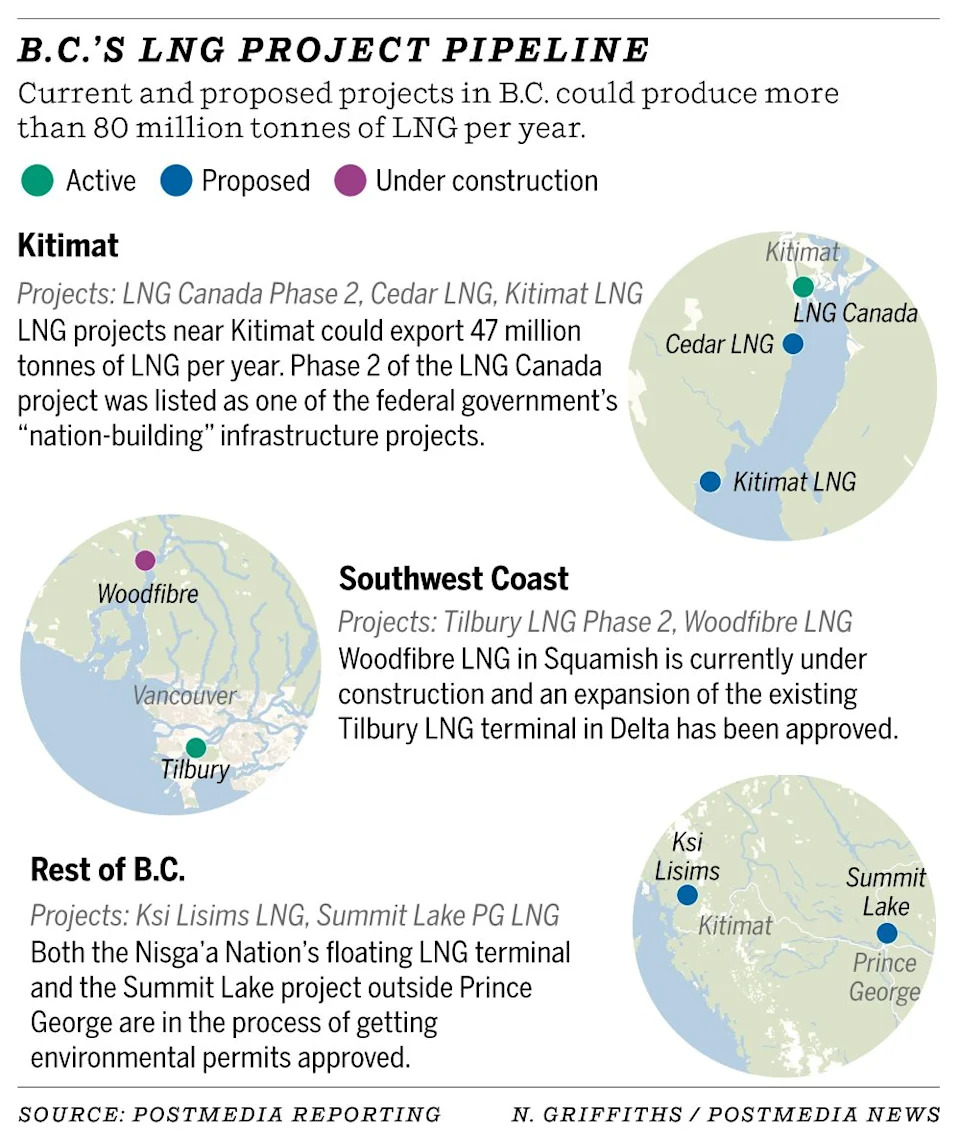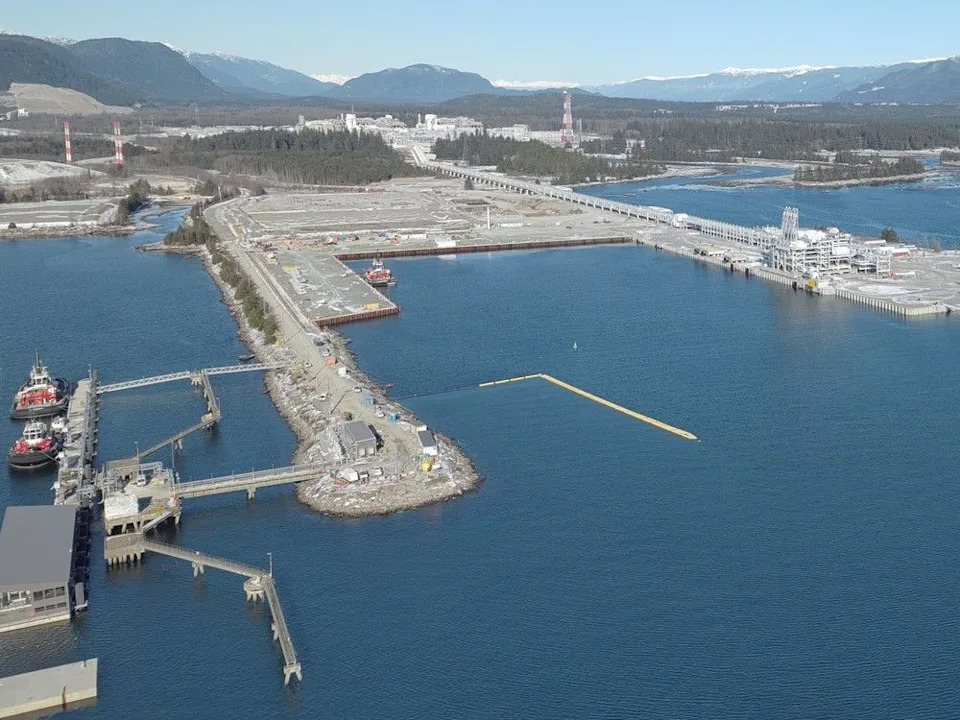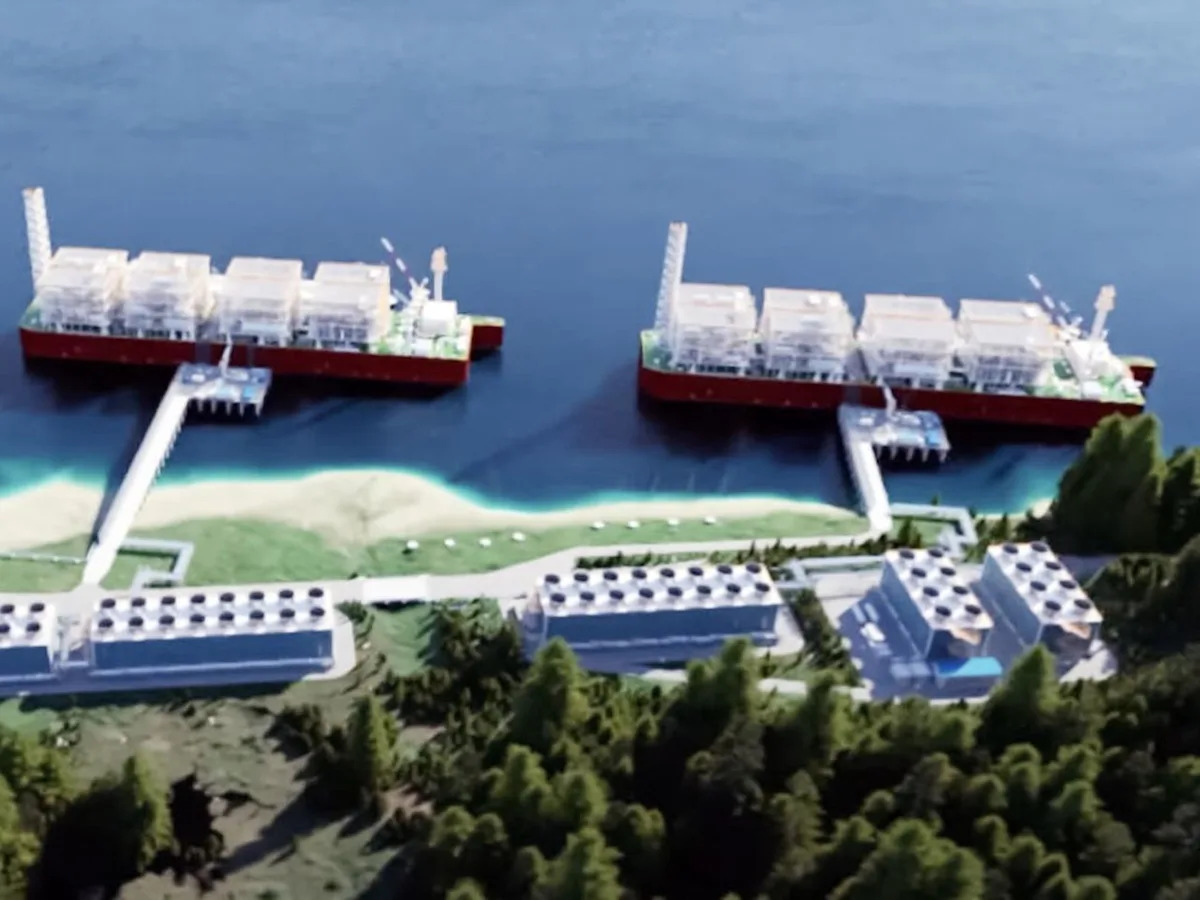The B.C. NDP appears to be all in on LNG with the environmental approval of the Ksi Lisims terminal, but the province faces challenges in getting all five terminals proposed or underway in B.C. connected to clean power as previously required.
Overall, Natural Resources Canada estimates LNG could add $7.4 billion annually to Canada’s economy, with the LNG Canada terminal in Kitimat expected to add 0.4 per cent to the country’s GDP on its own.
In 2023, B.C. mandated that all new LNG terminals would be required to chart a path toward net-zero by 2030, but earlier this year that mandate was weakened to instead only require new LNG facilities to be “net-zero-ready” by the end of the decade.
B.C. Hydro has been experiencing chronic shortages of electricity due to drought and population growth, with the Crown corporation needing to increase the power supply by up to 15 per cent over the next five years to keep up with demand.
Energy Minister Adrian Dix has now launched two calls for power over the last two years in an effort to bring online alternate sources of clean electricity, and passed legislation this spring that would remove the need for wind power projects to go through the standard environmental review process.
But will the new power be enough to make up the shortage in domestic demand, while also providing clean power for the LNG projects and mines set to come onstream over the next decade?
Here are some things you need to know:
How many LNG projects are there and how much power do they need?
Currently, there are two operational LNG facilities in B.C.: LNG Canada Phase 1 in Kitimat and Tilbury LNG in Delta. There are also a number of proposed projects, including the Nisga’a-led Ksi Lisims LNG terminal on Pearse Island, Cedar LNG in Kitimat and Woodfibre LNG in Squamish.
LNG Canada currently uses clean electricity from B.C. Hydro for about 20 per cent, or about 2,000 gigawatt hours per year, of its demand, while relying on gas generation for the remaining 80 per cent.
Phase 2 of LNG Canada would require an additional 585 megawatts, according to documents originally obtained by The Narwhal, the proposed expansion of Tilbury would require an additional 1,325 gigawatt hours of electricity and the Ksi Lisims LNG terminal would require roughly 600 megawatts. The smaller Cedar LNG would need 214 megawatts.
Woodfibre LNG in Squamish would also require an additional 1,883 gigawatt hours of electricity alone.
Altogether, these five projects would need over 6,600 gigawatts of electricity per year if all connected to B.C.’s grid, outstripping the 5,100 gigawatt hours the Site C Dam is expected to produce in a good year with no drought.
That doesn’t take into consideration the added demand if Phase 1 of LNG Canada were to go fully electric or if other proposed LNG projects, such as Kitimat LNG or Summit Lake PG LNG were to go ahead.

Visualization highlights existing and proposed LNG projects in British Columbia.
What are B.C.’s current shortages of electricity?
Historically a net exporter of electricity, B.C. over the past three years has been a consistent importer of electricity, with B.C. Hydro spending tens of millions of dollars to buy power from the U.S. as drought and increased demand threaten to overwhelm the provinces’s own supply of electricity.
In its August annual report, B.C. Hydro said it had imported 8,356 gigawatt hours of electricity in the 2024-25 fiscal year, spending $861 million on market purchases. In 2023-24, the Crown corporation spent $1.4 billion to import 13,600 gigawatt hours of electricity or nearly a quarter of the province’s power supply.
Barry Penner, former B.C. environment minister and the chairman of the Energy Futures Initiative, said there is no question B.C. is struggling to provide the energy it needs for domestic use, never mind new industrial projects.
“We are behind the curve in terms of providing increased amounts of electricity to meet a number of objectives, whether it’s LNG development or electric vehicle mandates or phasing out natural gas for home heating,” said Penner.
What are the climate impacts if the facilities aren’t electrified?
The NDP tried to get buy-in on LNG projects, in part, through arguing that these projects could fit under the government’s climate goals if they were fully electrified.
While there is no clear estimates of the emissions that would result from the projects not being connected to clean electricity, Green interim Leader Jeremy Valeriote says any emissions that result from the projects will take B.C. farther away from the reduction target of 40 per cent by 2030 that Dix has already acknowledged B.C. isn’t on track to meet.
“The more fossil-fuel infrastructure we develop whether or not we electrify some part of it, it’s still adding to our emissions, and it’s going to make it impossible to meet our target,” said Valeriote.
Naxginkw Tara Marsden, Wilp Sustainability director with the Gitanyow Hereditary Chiefs, said she is concerned about other environmental impacts the projects will have, such as on local salmon populations.
“The sentiment that we’ve heard from B.C. Hydro and from the province itself towards Ksi Lisims and others is a sort of get-out-of-jail-free card that they don’t have to meet their net-zero targets,” said Marsden.

LNG Canada’s marine terminal in Kitimat.
So, can B.C. successfully add these projects to the grid?
Werner Antweiler, an economics professor at the University of B.C. Sauder School of Business, said the idea that B.C. could supply all proposed LNG projects in the province with clean electricity is a pipe dream, not only because of the lack of electricity, but also the need to build transmission capacity to carry electricity to the facilities.
“I think there might be scope for one of those facilities, but not for the full volume that is on the horizon as proposing to be fully electric,” he said. “It’s not just a matter of actually having enough generation facilities to actually have that power, but also to bring it to the right location. That actually involves very expensive transmission infrastructure.”
Premier David Eby pointed to the North Coast Transmission Line project on Thursday when asked how the province plans to bring clean power to LNG projects in the northeast. He said the province plans to continue building-up clean power in an effort to ensure these projects can eventually be attached to the grid, even if some of them will start operations powered by natural gas.
Related
